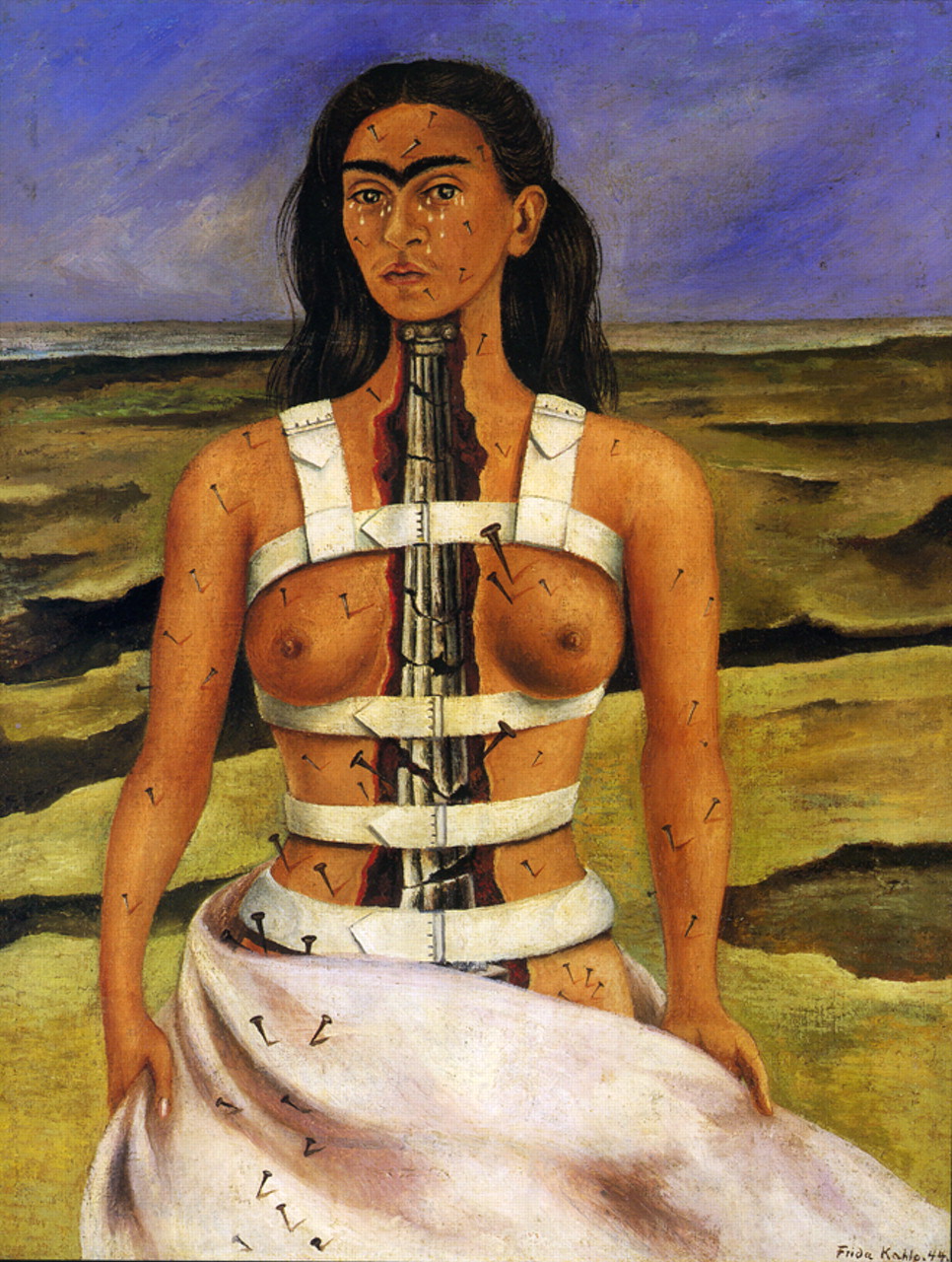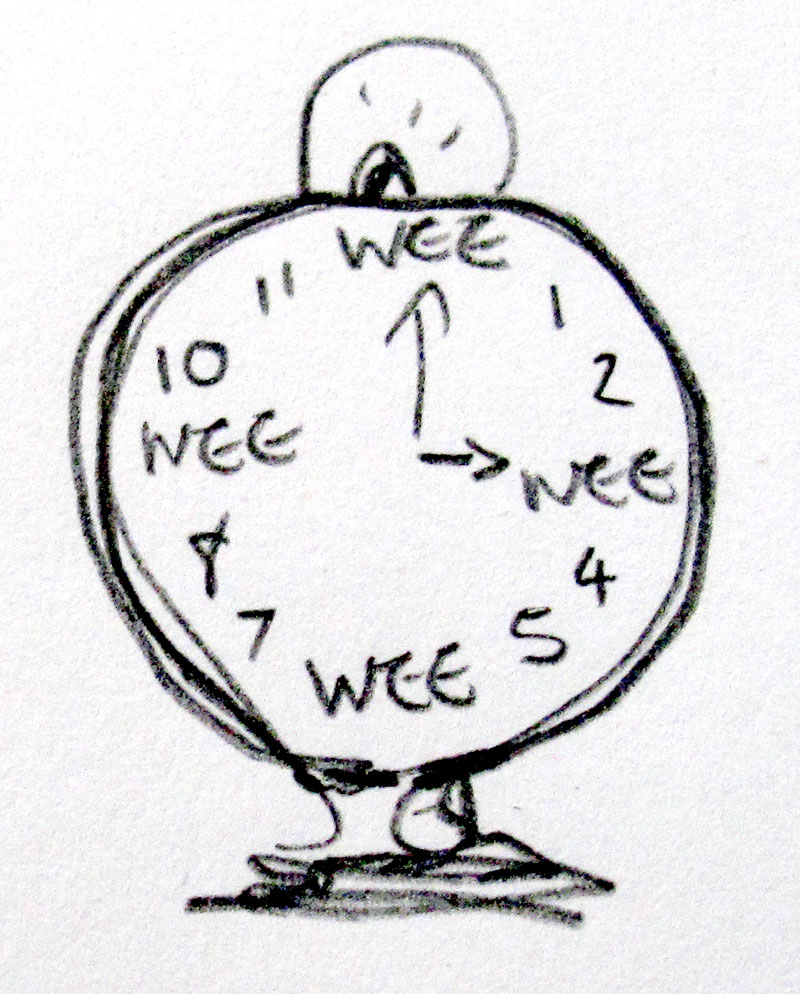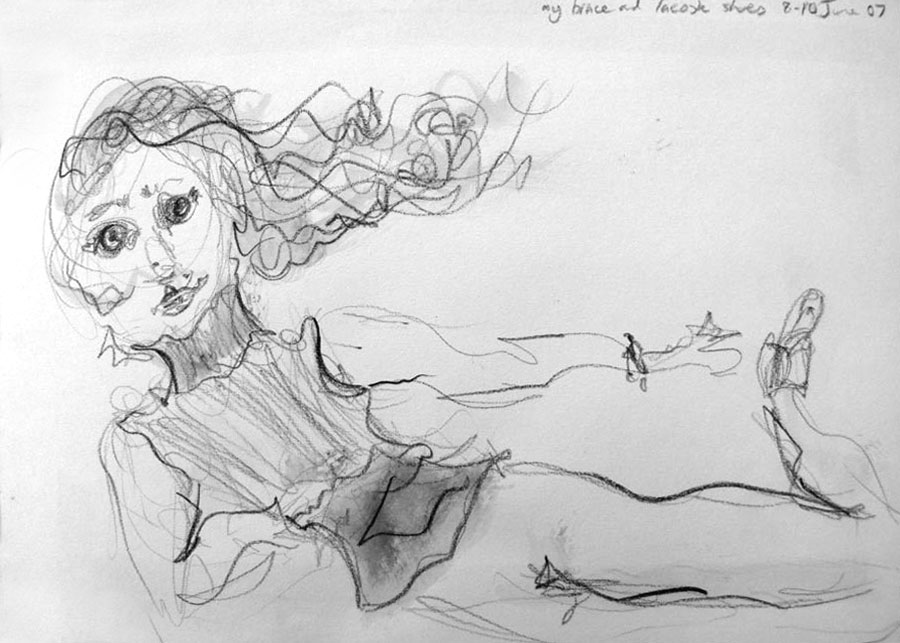Express yourself
I often don't feel like talking or explaining the same boring chronic pain story over and over. And I'm thinking there may be a few people out there who feel the same. So, here's some artwork for you folks. Feel free to use it to order caps, t shirts, mugs, honestly, do whatever you want with it, just don't take my name off or manipulate the artwork. Oh, and pop me a message of thanks. Perhaps even come back with some images and I'll create a pain gallery!!!









